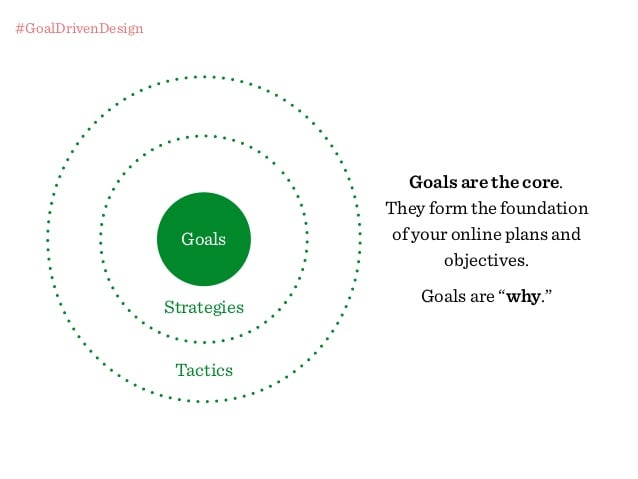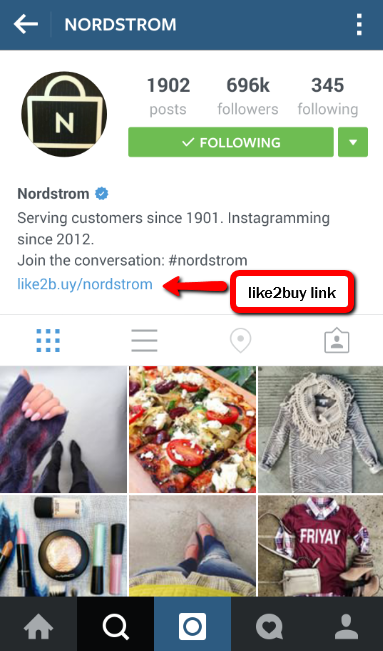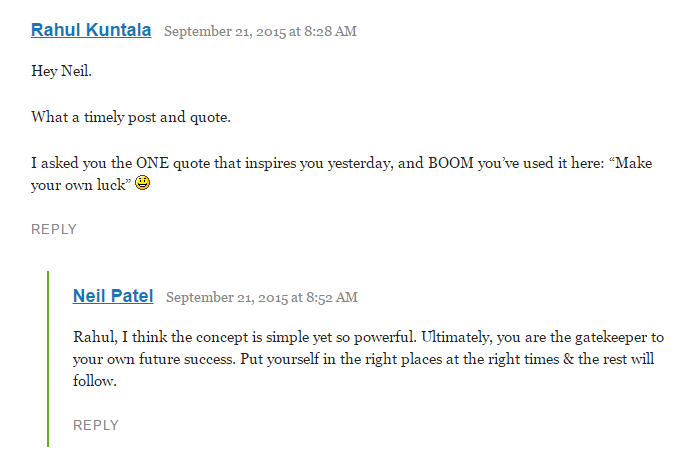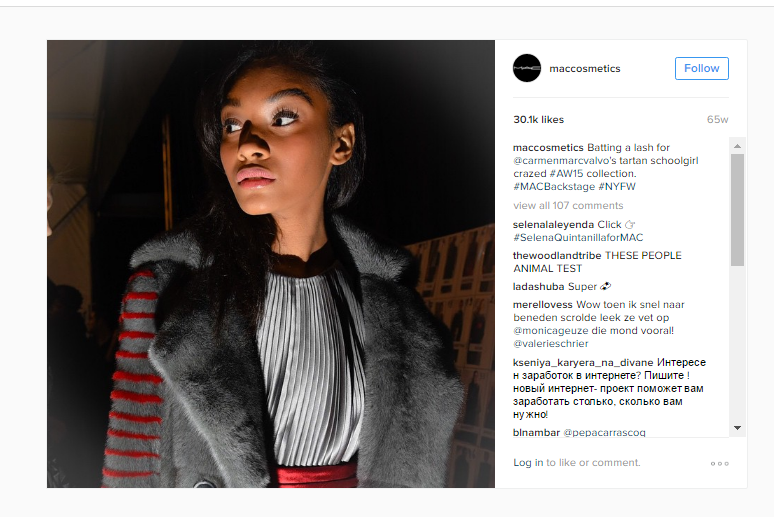Instagram has grown into a powerhouse for brands, influencers, and entrepreneurs. With over 300 million active users daily, this Facebook-owned platform is a visual haven for businesses to connect with their audiences.
Its unique visual appeal and high engagement rates have made it indispensable for marketers. In fact, Instagram boasts engagement rates 58 times higher than Facebook and 120 times higher than Twitter.
However, achieving success on Instagram isn’t as simple as posting pictures.
Missteps can hinder your efforts, frustrate your audience, and prevent you from reaching your goals. This blog dives into the top Instagram marketing mistakes and how to avoid them to build a thriving Instagram presence.
1. Lack of a Goal-Driven Strategy

One of the most fundamental mistakes marketers make on Instagram is diving in without a clear plan. While the platform’s simplicity may seem inviting, approaching it without a goal-driven strategy can lead to wasted resources and poor results.
Why Having Goals Is Crucial
Instagram isn’t just about pretty pictures; it’s a tool that can drive traffic, generate leads, and build brand awareness.
Without clear objectives, your content can lack focus, and your efforts may not align with your broader marketing goals. Worse, you might give up entirely, thinking Instagram doesn’t work for your business.
Examples of Successful Strategies
Brands like Warby Parker and Quest Nutrition demonstrate the power of goal-driven strategies:
- Warby Parker focuses on showcasing stylish eyewear through creative visuals, achieving thousands of likes per post.
- Quest Nutrition leverages Instagram to promote healthy living with recipes and lifestyle content, gaining 15,000 new followers monthly.
Tips to Set Goals
To avoid this pitfall, define your objectives:
- Brand Awareness: Post high-quality, visually striking images that reflect your brand’s personality.
- Traffic Generation: Use captions with clear call-to-actions (CTAs) and include links to landing pages or product pages in your bio.
- Engagement: Share interactive content like polls, stories, and live videos to spark conversations.
Align every piece of content with these goals to maintain consistency and effectiveness.
2. No Link in Bio to Drive Clicks and Traffic

Traffic is the lifeblood of any online business. While Instagram restricts clickable links in posts, the bio section offers a golden opportunity to drive visitors to your website, landing pages, or campaigns. Yet many businesses overlook this critical detail.
The Role of Bio Links
A clickable bio link allows users to seamlessly transition from your Instagram profile to your website or sales page. Without this link, your audience may not know where to find your products or services, leading to lost opportunities.
Examples of Effective Use
Top brands use their bio links strategically:
- Nordstrom regularly updates its bio link to direct users to specific collections or promotions.
- Birchbox links to promotional pages, making it easy for followers to shop or sign up for their services.
Tips to Optimize Your Bio Link
- Update Frequently: Change your bio link to align with your latest campaign, product launch, or blog post.
- Use Link Tools: Services like Linktree or Later allow you to create a single bio link that redirects users to multiple pages.
3. Making Your Instagram Account Private

Instagram provides the option to make accounts private, but for businesses, this can be a dealbreaker. A private account restricts who can see your content, effectively closing the door to potential followers and customers.
Why Privacy Hurts Businesses
When your account is private, users must request to follow you before they can view your content. This additional step can deter people from engaging with your brand, especially those unfamiliar with your products or services.
Example of the Impact
Imagine coming across a private account for a business. You’d likely skip it and look for a competitor with public, accessible content. Businesses cannot afford this level of friction in their customer journey.
How to Avoid This Mistake
- Ensure Public Settings: Go to your profile settings and ensure the “Photos are Private” option is unchecked.
- Consistency Across Platforms: If your account is linked to other social media profiles or campaigns, ensure users can freely access it.
4. Continually Posting Duplicate Photos
Instagram thrives on creativity and originality. Posting the same photo repeatedly or recycling old content without variation can frustrate followers and lead to disengagement.
The Risks of Duplicate Content
- User Fatigue: Followers may perceive repetitive content as lazy or uninspired.
- Engagement Decline: Instagram’s algorithm favors fresh, engaging content, meaning duplicate posts can reduce your visibility.
How to Diversify Your Content
Experiment with different content types:
- Images and Videos: Alternate between high-quality photos and compelling videos.
- Quotes and Memes: Share inspiring or humorous text-based posts.
- Carousel Posts: Combine multiple images in a single post to tell a story.
- Colors and Themes: Play with fonts, colors, and layout styles to maintain a fresh aesthetic.
Example of Balance
Kim Kardashian is a master of keeping her audience engaged. While her Instagram is known for selfies, she avoids monotony by varying poses, settings, and themes.
5. Not Responding to User Comments Promptly

Engagement is one of the most significant factors in Instagram’s algorithm, and comments are a key part of this. Ignoring user comments can signal indifference, discouraging followers from interacting with your content in the future.
Why Comments Matter
- Boosts Visibility: Posts with higher engagement are more likely to appear on users’ feeds.
- Builds Relationships: Prompt responses show followers that you value their input.
Risks of Ignoring Comments
When users feel ignored, they may:
- Stop commenting or interacting with your posts.
- Unfollow your account, believing their engagement doesn’t matter.
Tips to Improve Engagement
- Respond Quickly: Use the “@” feature to tag users in your replies, ensuring they see your response.
- Be Authentic: Avoid generic responses like “Thanks!” Engage with their questions or sentiments meaningfully.
- Encourage More Comments: Use CTAs like “What do you think?” or “Tag a friend who’d love this!” to spark conversation.
6. Focusing on Quantity, Not Quality

It’s tempting to post frequently to maintain visibility, but on Instagram, quality matters more than quantity. Poorly composed or irrelevant posts can dilute your brand’s image and deter followers.
Why Quality Matters
Instagram is a visual platform where users expect polished, aesthetically pleasing content. High-quality photos and videos drive better engagement and leave a lasting impression.
Examples of Quality Success
- MAC Cosmetics posts meticulously crafted images that resonate with their audience, gaining 231,000 new followers monthly.
- Brands like Nike focus on storytelling through powerful visuals, driving deeper connections.
Tips for Quality Content
- Invest in Tools: Use professional cameras, lighting, or editing apps to enhance your visuals.
- Plan Your Feed: Curate your posts to maintain a cohesive and attractive grid.
- Focus on Value: Ensure every post aligns with your brand’s values and goals.
7. Misuse of Hashtags

Hashtags play a crucial role in Instagram marketing, acting as a gateway for users to discover your content. When used correctly, hashtags can significantly boost your reach, engagement, and visibility.
However, their misuse can backfire, leading to diminished performance or even account penalties. Here’s a closer look at common hashtag mistakes and how to avoid them.
Using Irrelevant Hashtags
One of the biggest mistakes marketers make is using hashtags that have no connection to their content or audience. For example, posting a picture of a product with trending hashtags like #travel or #foodie when it’s unrelated may mislead viewers.
While this might initially bring traffic to your post, it can harm your engagement rates since the audience drawn by irrelevant hashtags is unlikely to interact meaningfully with your content.
How to Fix It:
- Conduct research to identify hashtags relevant to your niche, brand, or industry.
- Use tools like Hashtagify, All Hashtag, or Instagram’s search bar to find appropriate and effective hashtags.
- Prioritize quality over quantity by choosing hashtags that align with your content and audience.
Overloading Posts with Too Many Hashtags
Instagram allows up to 30 hashtags per post, but using all of them isn’t always the best strategy. Excessive hashtags can make your posts look spammy or desperate, which may deter genuine engagement.
Moreover, including too many hashtags can dilute the focus of your post.
How to Fix It:
- Use 5–10 highly targeted and well-researched hashtags per post.
- Focus on a mix of niche, branded, and moderately popular hashtags to strike the right balance.
- Place hashtags in the comments section or after several line breaks in the caption to keep your post clean and visually appealing.
Relying Solely on Popular Hashtags
While popular hashtags like #love, #instagood, or #fashion might seem appealing due to their high volume, they often result in your content getting buried quickly due to oversaturation.
Competing with millions of other posts under the same hashtag limits your chances of standing out.
How to Fix It:
- Use a combination of highly popular, moderately popular, and niche hashtags.
- Niche hashtags (e.g., #VeganBakeryLondon instead of #VeganFood) attract a more specific audience that’s likely to engage with your content.
- Experiment with hashtag sets to see which ones yield the best results.
Ignoring Branded Hashtags
Failing to create or utilize branded hashtags is a missed opportunity to build brand recognition and foster user-generated content (UGC). Branded hashtags are unique to your business and can help customers find all your content in one place.
How to Fix It:
- Develop a branded hashtag that aligns with your business name or campaign (e.g., #MyBrandName or #BrandCampaign2025).
- Encourage your audience to use the hashtag by featuring UGC on your page.
- Combine branded hashtags with general ones to increase visibility.
Using Banned or Restricted Hashtags
Some hashtags are banned or flagged by Instagram due to misuse or association with inappropriate content. Using these hashtags, even unknowingly, can negatively impact your post’s visibility or lead to a shadowban.
How to Fix It:
- Regularly check Instagram’s updated list of banned hashtags.
- Avoid using generic hashtags without verifying their current status.
- Use tools or websites that help identify restricted hashtags to stay safe.
Repeating the Same Hashtags for Every Post
Using the same set of hashtags repeatedly for every post may trigger Instagram’s spam detection algorithm, resulting in lower reach or account restrictions. It also limits your content’s exposure to diverse audiences.
How to Fix It:
- Create multiple hashtag groups based on the themes of your posts.
- Rotate between these groups to maintain variety and avoid triggering spam filters.
- Continuously analyze the performance of your hashtags and update them accordingly.
Ignoring Analytics
Without analyzing the performance of your hashtags, you’re essentially working in the dark. Some hashtags may drive engagement, while others may fall flat. Ignoring this data prevents you from optimizing your strategy.
How to Fix It:
- Use Instagram Insights to measure the reach and engagement generated by hashtags.
- Identify which hashtags contribute most to your success and focus on those.
- Test new hashtags regularly and refine your strategy based on the results.
FAQs
1. Why is it important to have a goal-driven strategy for Instagram marketing?
A goal-driven strategy helps you align your Instagram activities with your business objectives. Without clear goals, your efforts may lack direction, resulting in wasted resources and poor results. Setting specific objectives, such as increasing brand awareness or driving traffic, ensures your content is focused and impactful.
2. What should I include in my Instagram bio to make it more effective?
Your Instagram bio should include:
- A concise description of your brand or services.
- A clear call-to-action (CTA) encouraging users to visit your website, shop, or contact you.
- A clickable link to your website, landing page, or campaign (use tools like Linktree to include multiple links).
This ensures users can quickly understand your business and engage further.
3. Why is having a private Instagram account a mistake for businesses?
A private account restricts visibility, requiring users to request access before seeing your content. This additional step can deter potential followers and customers, limiting your reach and engagement. Businesses should keep their accounts public to maximize visibility and make it easy for users to interact with their content.
4. How can I avoid posting duplicate photos on Instagram?
To avoid repetitive content:
- Experiment with different types of posts, such as carousel images, videos, memes, or quotes.
- Plan a content calendar to diversify your themes and maintain consistency.
- Refresh old content by presenting it in a new format or context.
This keeps your feed dynamic and engaging, preventing user fatigue.
5. Why is responding to user comments important for Instagram marketing?
Engaging with user comments:
- Boosts your post’s visibility in Instagram’s algorithm.
- Builds stronger relationships with your audience by showing you value their input.
- Encourages more interaction, as users are more likely to comment if they know they’ll receive a response.
Timely and meaningful replies can enhance your brand’s image and loyalty.
6. How often should I post on Instagram?
Quality matters more than quantity on Instagram. Focus on creating high-quality, visually appealing content rather than posting frequently. A good rule of thumb is to post consistently (e.g., 3–5 times per week) while maintaining high standards of content quality and relevance.
Conclusion
Instagram offers unparalleled opportunities for brands to connect with their audiences, but it requires a strategic approach.
Avoiding common mistakes—like skipping goal-setting, neglecting bio links, or focusing on quantity over quality—can significantly enhance your Instagram marketing efforts.
By setting clear objectives, engaging with your audience, and consistently delivering high-quality content, you can harness Instagram’s full potential to drive growth and success for your business. Start implementing these strategies today, and watch your Instagram presence thrive!
An avid blogger, dedicated to boosting brand presence, optimizing SEO, and delivering results in digital marketing. With a keen eye for trends, he’s committed to driving engagement and ROI in the ever-evolving digital landscape. Let’s connect and explore digital possibilities together.




